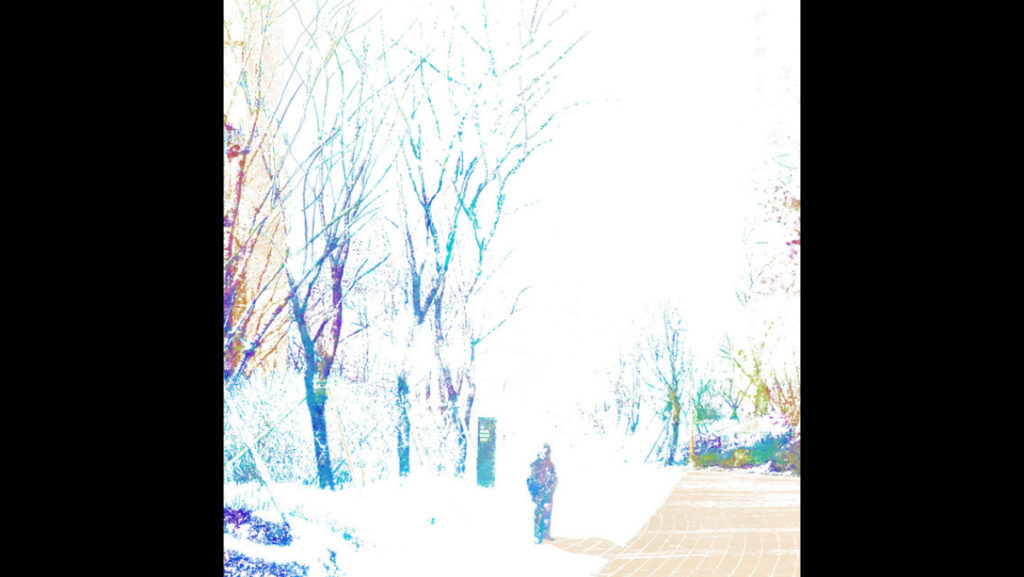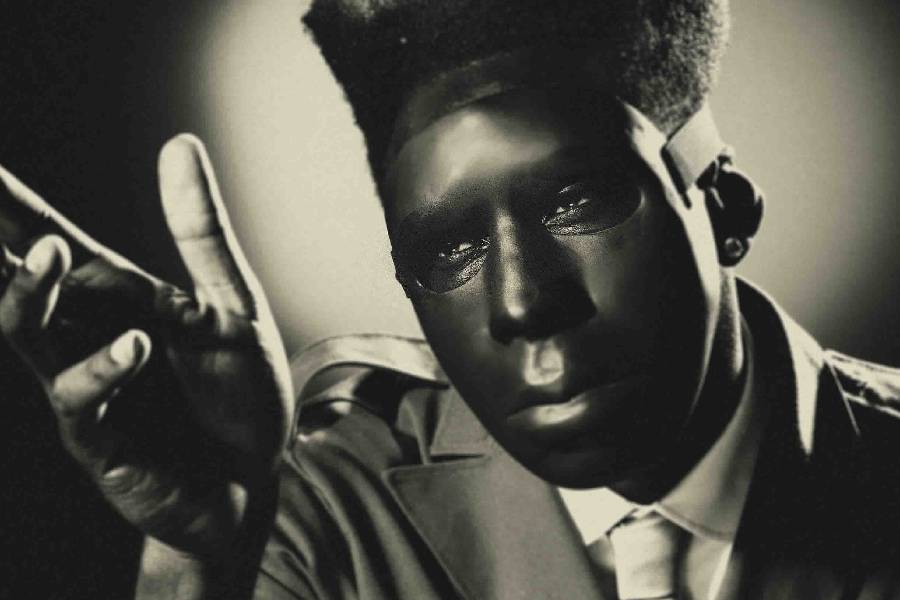Parannoul is back with a sophomore LP that keeps moving his shoegaze journey into a promising and sonically exciting future.
South Korean shoegaze artist, Parannoul, emerged into the world in 2021 with his debut album, “To See the Next Part of the Dream (TStNPotD).” The heavy guitars that are drowned out by even heavier effects and pedals created a hypnotic musical experience that defines the shoegaze genre. This Bandcamp hit brought attention to Parannoul and was seen as a shoegaze and indie rock wunderkind that the genre was looking for. After a collaboration album with Asian Glow and a couple of EPs, Parannoul has released his sophomore album, “After the Magic.”
The biggest difference between this album and Parannoul’s last album is the clear indietronica and noise pop that is painted all over. While the songs on “TStNPotD” were so heavy in their layers that it created an overwhelming sense of pressure, “After the Magic” is more down-to-earth. Less Lily Chou-Chou and more Slowdive. There are clearer melodies and instruments present, and there is less treasure buried in the mix. Instead, all the shining jewels are present, although it might be hard to find them at first glance.
Parannoul is an artist obsessed with his youth, and the most present theme in his works is this fear of growing up. “TStNPotD” was specifically about his fear of not knowing what was going to come next in his life, and “After the Magic” is about him coming to the realization that it will work out in the end. “After the Magic” songs tend to be about specific memories from when Parannoul was younger, but instead of the screams for his past that were abundant in his last album, this batch of songs is more nostalgic, helping Parannoul move forward into adulthood. This album is much more optimistic than any of his previous works. Instead of dwelling on the pleasant memories of the past, Parannoul looks back as a way to get excited about the future. He sees adulthood as a path to escape his current sadness, and this comes out in songs like “Parade” and “Imagination.”
Musically speaking, Parannoul loves to take a hundred little sounds and throw them at the listener to see what sticks, but “After the Laughter” does so in a calmer way. Rather than letting listeners crash into the wall of sound in order to induce them into a trance, he uses this technique to create a groove that slowly infects the listener. The opening song, “Polaris,” is a great example of Parannoul’s talent for stacking sounds to make such unique and stellar sonic pallets. It opens with acoustic guitar, then an ethereal synth breakdown halfway through and closes with the fuzz-glittered guitars that shoegaze is known for. “We Shine at Night” is a sweet noise pop song that opens like a danceable pop song but ends with Parannoul’s distorted screaming being drowned by a small choir. It’s freakin’ awesome.
But the back half of the album drags on for more than it is welcomed. At its best, it is some solid indie rock tunes. At its worst, it feels like listening to someone tinkering and it feels unfinished. “Blossom” starts off with off-kilter percussion noises and ends before it regains its footing. But these blemishes can be seen as simply just growing pains.
Parannoul is an artist that makes music to soundtrack the surreality of looking back at the past and trying to figure out all the steps that lead to this very moment. With its noise pop hooks and buy-one-get-twelve-free shoegaze effects, “After the Magic” is here to provide comfort with the universal experience of becoming an adult that everyone has to face one day. Growing up may be terrifying, but at least we got some great music to go along with it.




















